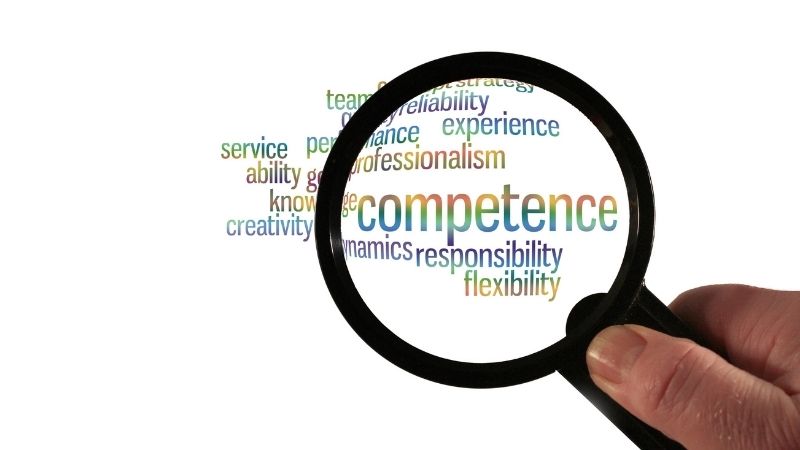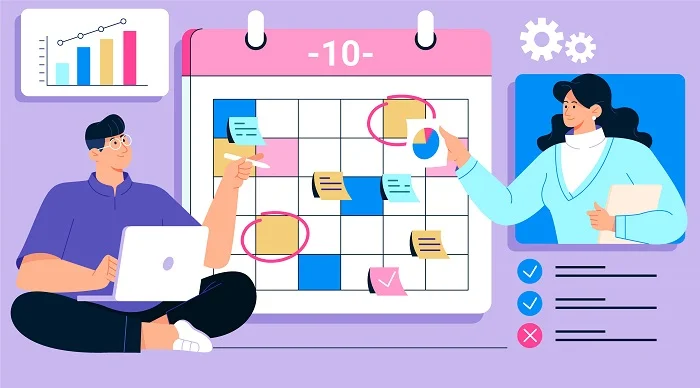Workplace competencies have been popular for a long time now and are really useful when it comes to improving organizational productivity.
A skilled workforce is the one that drives productivity for an organization. The capability of your workforce can be measured if you have specified job competencies for various business functions across different departments in the organization.
Competencies are the characteristics or skills required to do a job or task. How do you define which characteristics qualify to be competencies? Formal education is considered by most managers as a reliable measure while others argue that personal skills should be considered as competencies.
Here’s a guide for you to get started with workplace competencies.
What Is A Workplace Competency?
A competency is a set of specific skills or abilities required to do a job. It’s the ability to complete a task effectively. A person should be able to perform various tasks at a target proficiency level to achieve competence in something.
Competencies give employees a clear idea of what is expected of them in terms of their performance. Competencies give them an understanding of what behaviours/skills they should cultivate at the workplace to be valued and rewarded.
Workplace competencies are broadly categorized into two types:
- Behavioural Competency
- Functional / Technical Competency
What Is Behavioural Competency?
Behavioural competencies help you define an employee’s behavioural strengths that can contribute to organizational success. They define not just the ability to do something, but how something should be done.
When managers hire an employee they generally look for behavioural competencies like interpersonal skills, ability to accept constructive criticism, ability to understand the perspective of others, decision making skills, time management, taking responsibility for their actions etc.
Examples of behavioural competencies:
1. Competency – Managerial Competencies
Description of behaviour – Defines clear goals for team members, Creates work plan based on organizational objectives, provides honest and regular feedback
2. Competency – Commitment
Description of behaviour – Widely trusted, Takes ownership, Delivers on commitments
3. Competency – Values and Ethics
Description of behaviour – Adheres to code of conduct, Aligns with company values
Also read: Employee Rewards and Recognition for an Engaged Workforce
What Is Functional Competency?
Functional competencies are more like technical skills of an employee that contribute to overall organizational productivity. It is more about skills that employees need to possess to perform technical operations in an organization.
Examples of functional competencies:
1. Job Role: HR
Competencies – HR policies, Recruitment, HR strategy, Workflow planning, Employee retention, Performance management
2. Job Role: Computer Programmer
Competencies – Ruby on rails, desktop application development, mobile application development
Now that you’ve gained an understanding of what competencies are, now let’s find out why it is important to have workplace competencies.
Need Of Workplace Competencies
Many companies are investing resources to align their organizational strategies and plans with the competencies of their employees. If you’re wondering why workplace competency is so important, here’s a list of benefits of having workplace competencies.
1. They communicate performance expectations clearly and help HRs ease the recruitment process.
2. They help employees identify the behavioural standards of an organization and improve job satisfaction.
3. Managers can easily identify the need for development in the performance of their team members based on their fulfillment of the competency.
4. Competencies promote improved operational efficiency in the organization.
5. Having a clear list of competencies helps you conduct better training sessions for employees.
6. They help HRs improve their talent planning strategies.
Also read: 6 Proven Ways to Keep Your Team Engaged at Work
Competency Mapping
Competency mapping is the process of identifying key competencies for an organization and including them throughout various organizational functionalities like onboarding, training, performance evaluation, etc. It identifies the strengths and weaknesses of an individual.
Though competency mapping requires a lot of time, effort, and money, it is said to be one of the best practices for performance management. It is recommended for every organization to have a proper competency model or a framework based on their organizational requirements and the industry they belong to.
The process of competency mapping usually consists of the following steps:
- Employees fill a job analysis questionnaire. This questionnaire asks them to fill out information like the skills required to do their jobs effectively, various behavioural and functional skills that help them do their jobs effectively.
- Using the above information, a competency-based job description is created.
- Now, competencies will be mapped. These job competencies will be later used to assess employee performance.
- After the assessment, a report with possible development opportunities will be given to employees.
Do you want to know how Engagedly can help you with your workplace competencies? Schedule a live demo and talk with our experts!
Request A Demo
Get In Touch With Us
Author
Srikant Chellappa
CEO & Co-Founder of Engagedly
Srikant Chellappa is the Co-Founder and CEO at Engagedly and is a passionate entrepreneur and people leader. He is an author, producer/director of 6 feature films, a music album with his band Manchester Underground, and is the host of The People Strategy Leaders Podcast. He is currently working on his next book, Ikigai at the Workplace, which is slated for release in the fall of 2024.






